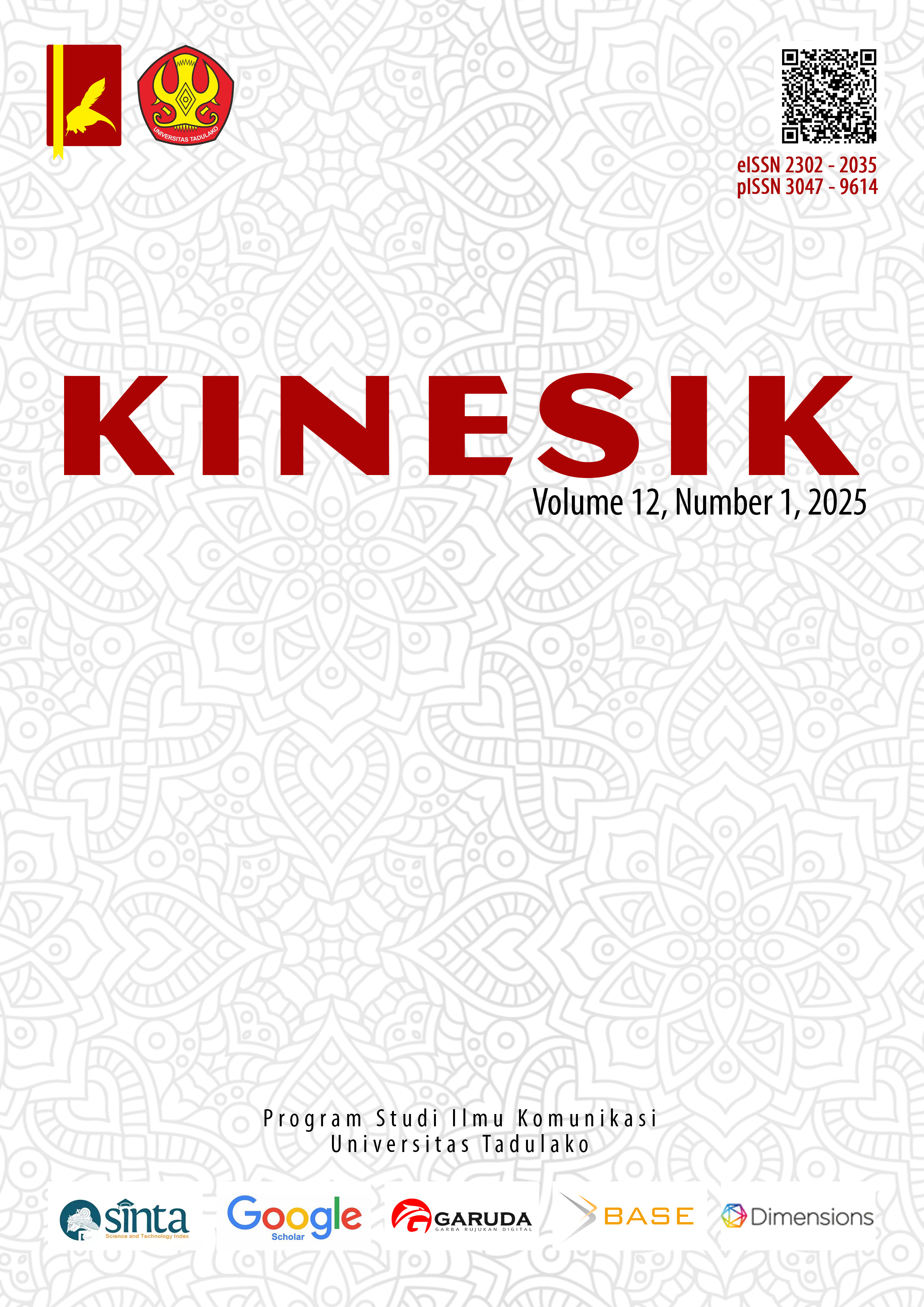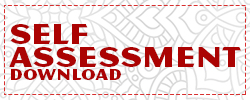The Influence of “FoMO” on Fashion Behavior in Generation Z Through the Social Media Platform TikTok: Followers of @Sasfhir
DOI:
https://doi.org/10.22487/ejk.v12i1.1883Keywords:
FoMO, Z Generation, Social media, Fashion trendsAbstract
Social media plays a central role in shaping the preferences and behaviors of Generation Z, including in the realm of fashion. The TikTok account @sashfir has emerged as a popular source of inspiration among this demographic, particularly in presenting fashion-related content. This study aims to examine the influence of Fear of Missing Out (FoMO) on the fashion behavior of Generation Z followers of the account. A quantitative approach was employed, using a survey method with 100 respondents selected through the Taro Yamane formula. Data were analyzed using simple linear regression. The results show that FoMO has a positive and significant effect on the fashion behavior of @sashfir's followers. The higher the level of FoMO experienced, the greater the tendency to follow fashion trends featured on the account. These findings highlight the relevance of the Uses and Effects theory in explaining the relationship between social media use and behavioral changes among young audiences, particularly in the context of fashion consumption.
Downloads
References
Angesti, R., & Oriza, I. I. D. (2019). Peran fear of missing out (fomo) sebagai mediator antara kepribadian dan penggunaan internet bermasalah. Jurnal Muara Ilmu Sosial, Humaniora, Dan Seni.
Aqza, N. I., & Purnamasari, D. (2024). FoMO Dan Trend Fashion Dalam Gaya Hidup Mahasiswa Kota Semarang (Studi Pada Spill Outfit Racun Shopee Haul). Medialog: Jurnal Ilmu Komunikasi, 7(1), 173–188.
Aurelia, Y. (2024). INTERAKSI SOSIAL MELALUI MEDIA SOSIAL TIKTOK DI KALANGAN SISWA SMA PGRI 4 JAKARTA. Global Komunika : Jurnal Ilmu Sosial Dan Ilmu Politik, 6(2). https://doi.org/10.33822/gk.v6i2.6563
Carolina, M., & Mahestu, G. (2020). Prilaku Komunikasi Remaja dengan Kecenderungan FoMo. JRK (Jurnal Riset Komunikasi), 11(1). https://doi.org/10.31506/jrk.v11i1.8065
Firamadhina, F. I. R., & Krisnani, H. (2021). PERILAKU GENERASI Z TERHADAP PENGGUNAAN MEDIA SOSIAL TIKTOK: TikTok Sebagai Media Edukasi dan Aktivisme. Share : Social Work Journal, 10(2), 199. https://doi.org/10.24198/share.v10i2.31443
Kusaini, U. N., Wulandari, L., Guk, R. R. G., Cahya, B. D. I., Fitriana, D., Regilsa, M., Anggraini, D., Oktaviana, V., Lubis, M. A., & Ferdiansyah, M. (2024). Perilaku Fear Of Missing Out (Fomo) Pada Mahasiswa Pengguna Tiktok. INNOVATIVE: Journal Of Social Science Research, 4(3).
Mandas, A. L., & Silfiyah, K. (2022). Social Self-Esteem dan Fear of Missing Out Pada Generasi Z Pengguna Media Sosial. Jurnal Sinestesia, 12(1), 19–27. https://doi.org/10.53696/27219283.78
Nagari, W. S., Yuliansyah, M., & Handayani, E. S. (2023). Hubungan FoMO Dan Anxiety Terhadap Remaja Adiksi Medsos Di SMKN 1 Martapura. Media Bina Ilmiah, 17(6), 1225–1238.
Nisak, M., & Sulistyowati, T. (2022). Gaya Hidup Konsumtif Mahasiswi Dalam Trend Fashion (Studi Kasus Mahasiswi Jurusan Manajemen Universitas Islam Lamongan). Jurnal Sosial Humaniora Terapan, 4(2).
Peredy, Z., Vigh, L., Quingyu, W., & Muyi, J. (2024). Analysing Generation Z Communication Attitudes, Values and Norms. Acta Periodica, 30, 4–19. https://doi.org/10.47273/AP.2024.30.4-19
Radianto, A. J. V., & Kilay, T. N. (2023). Pengaruh Fomo (Fear of Missing Out) Dan Influencer Terhadap Niatan Untuk Membeli Pada E-Commerce. Jurnal Revenue : Jurnal Ilmiah Akuntansi, 4(1), 490–495. https://doi.org/10.46306/rev.v4i1
Saragih, J. R. S., Siregar, M. S., Batubara, K. A., & Hidayat, N. (2024). Pengaruh Penggunaan Social-Commerce (Tiktok Shop) Terhadap Gaya Hidup Konsumtif Generasi-Z. MESIR: Journal of Management Education Social Sciences Information and Religion, 1(2), 330–343. https://doi.org/10.57235/mesir.v1i2.2978
Suliyana, N., Silviana Purwanti, & Rina Rifayanti. (2024). ANALISIS PENGGUNAAN APLIKASI TIKTOK SEBAGAI EKSISTENSI DIRI PADA SISWA SMA NEGERI 1 SILUQ NGURAI. EJournal Ilmu Komunikasi, 12(2), 249–260.
Walgito, B. (2004). Pengantar Psikologi Umum. ANDI Yogyakarta.
Winata, A. P., Mayasari, R. A., & Nugraha, M. Y. (2025). PENGARUH TREND FASHION DI TIKTOK TERHADAP GAYA BERPAKAIAN MAHASISWA ILMU KOMUNIKASI UIN RADEN FATAH PALEMBANG. JURNAL BUANA KATA: PENDIDIKAN, BAHASA, DAN ILMU KOMUNIKASI, 2(1). https://jurnal.pbs.fkip.unila.ac.id/index.php/buanakata/article/view/634







